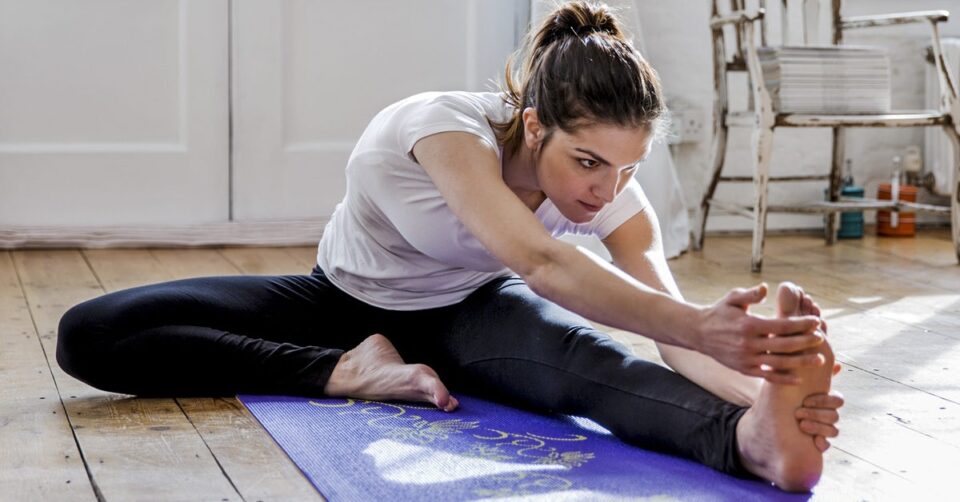Stretching is integral in keeping our tendons, ligaments, and muscles flexible. However, regular stretching is often neglected and its benefits are reserved only to those who work out or practice yoga. However, stretching is important for your overall health, no matter if you actively practice any sport or are a couch potato.
A lot of people think stretching is pointless and time-consuming. However, it can prevent a variety of injuries, ranging from sports injuries to posture injures that people working repetitive or sedentary jobs can easily contract. It can also help our bodies age slower and help manage persistent and chronic back, shoulder, and neck pain.
We spoke to the professional personal trainers at FIT about the importance of stretching and how it can benefit your health.
The Most Important Reason For Stretching
The most compelling reason to take up stretching every day is because it can help lengthen the muscles and improve our flexibility. A lot of muscle strains and tears can be easily prevented if the muscles were stretched so that they aren’t tight and short. Furthermore, stretching the largest muscles in our body such as hamstrings, calves, and quadriceps can help support our lower back muscles better. And since back health is a huge part of our overall health, it should not be easily overlooked.
When Is The Best Time To Stretch
If you practice any sport, before and after the activity is the perfect time to do some static stretching, meaning stretching that does not involve any movement. You might want to get some blood pumping with light calisthenics before stretching your muscles to avoid injury.
If you are not into sports and only want to stretch for its benefits, any time is good for it really. However, you might find your day better if you start it with a morning stretch. Stretching before bed can also help you fall asleep easier as it relaxes your muscles.
What To Know About Stretching
When you visit a reputable chiropractic clinic, you will get all the information you need on proper stretching practices as well as resources you can use. The first thing any good trainer will tell you is not to rush your stretching. Pay attention to the movements and how your body reacts to them. Even if you pull out a muscle mildly, you may find it difficult to exercise and may experience pain for a few days. When stretching, do not rush it even if it takes away some of your planned workout time.
When stretching, do so gently and be aware of what is going on with your body. Even if you reach out just a little more than it feels natural you may injure yourself. Try to relax, mind your breath and stay in the moment when stretching. You’ll feel exactly how far you can go.
You can practice visualizing your muscles when stretching to avoid risking injury. Picture the muscle you are stretching and watch it as it gets longer. Take deep breaths and keep imagining the movement to reinforce the connection between your muscles and your brain.
Finally, remember that stretching is good for you and should feel comfortable. If you feel any pain while stretching, stop doing it and consult an experienced personal trainer. With time, you’ll learn how to stretch and help your body feel better.

